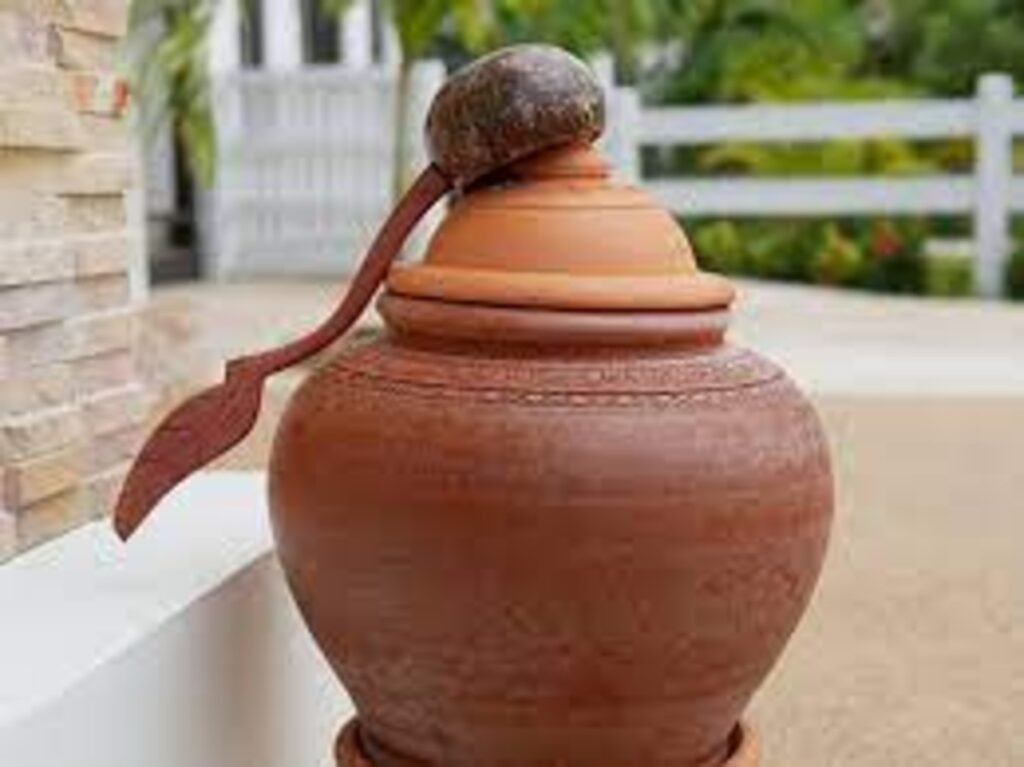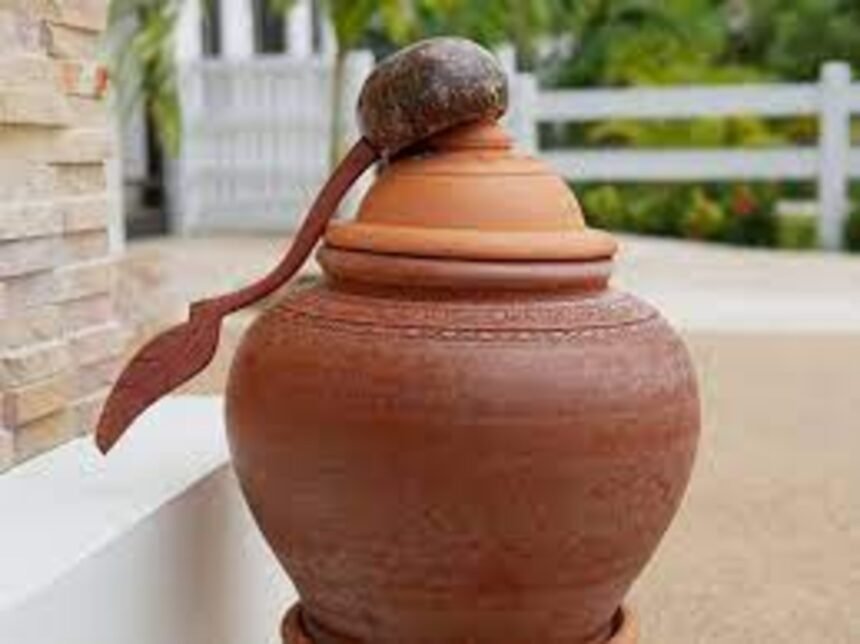Introduction:
In a world dominated by modern appliances and high-tech solutions, sometimes the simplest methods offer the most profound benefits. One such age-old practice that has withstood the test of time is the use of clay pots for storing and cooling drinking water. Beyond its rustic charm, this traditional method comes with a host of health benefits that modern science is now uncovering. In this feature article, we explore the ancient wisdom behind using clay pots for drinking water and delve into the surprising advantages it offers.

The Chemistry Behind Clay:
Clay pots are made from natural, porous clay that allows water to slowly seep through the surface. This process, known as evaporation, occurs when water molecules on the outer surface of the pot gain energy from the surrounding environment and transform into water vapour. As a result, the water within the pot cools down naturally, creating a refreshing and satisfying thirst-quencher.
Enhanced Taste and Texture:
One of the remarkable features of clay pot water is the enhanced taste it provides. The porous nature of clay allows for a subtle exchange of minerals between the pot and the water. This process can subtly alter the water’s composition, imparting a mild earthy flavour that aficionados appreciate. Additionally, the slight alkalinity that clay imparts to the water can help balance the pH levels, leading to a smoother and more pleasant mouthfeel.
Temperature Regulation:
In hot climates, the temperature-regulating properties of clay pots shine brightly. As water seeps through the pot’s surface and evaporates, it releases heat into the atmosphere, thus lowering the overall temperature of the water within. This natural cooling effect is not only energy-efficient but also provides a welcome respite from scorching temperatures. The result is a chilled and refreshing beverage that hydrates and rejuvenates like no other.
Microbial Balance:
Clay’s porous nature is not just about temperature control; it also plays a vital role in maintaining the microbial balance of the stored water. The micro-pores on the surface of the pot can trap impurities, sediment, and even harmful bacteria. Studies have shown that these properties can reduce the risk of waterborne diseases, making clay pot water a safer option for consumption, especially in areas with questionable water quality.
Trace Minerals and Nutrients:
As water interacts with the minerals present in the clay, it can absorb trace amounts of beneficial elements like calcium, magnesium, and iron. These minerals are essential for various bodily functions, ranging from bone health to enzyme activation. While the amounts might be small, every little contribution counts toward a well-balanced diet.
Connection to Tradition and Sustainability:
Using clay pots for drinking water is not just a practical choice; it’s also a nod to our cultural heritage. This practice connects us with generations past who relied on these vessels to quench their thirst. Moreover, opting for clay pots promotes sustainability by reducing the use of plastic and minimising the need for electricity-intensive refrigeration.
Conclusion:
In a world captivated by modern conveniences, the wisdom of our ancestors continues to offer insights that science is now validating. The clay pot’s natural cooling mechanism, enhanced taste, microbial regulation, and subtle nutrient infusion make it more than just a rustic accessory – it’s a time-honored approach to staying refreshed and revitalized. So, the next time you reach for a drink, consider embracing the wholesome benefits of clay pot drinking water – a tradition that reminds us that the simplest solutions often yield the greatest rewards.






